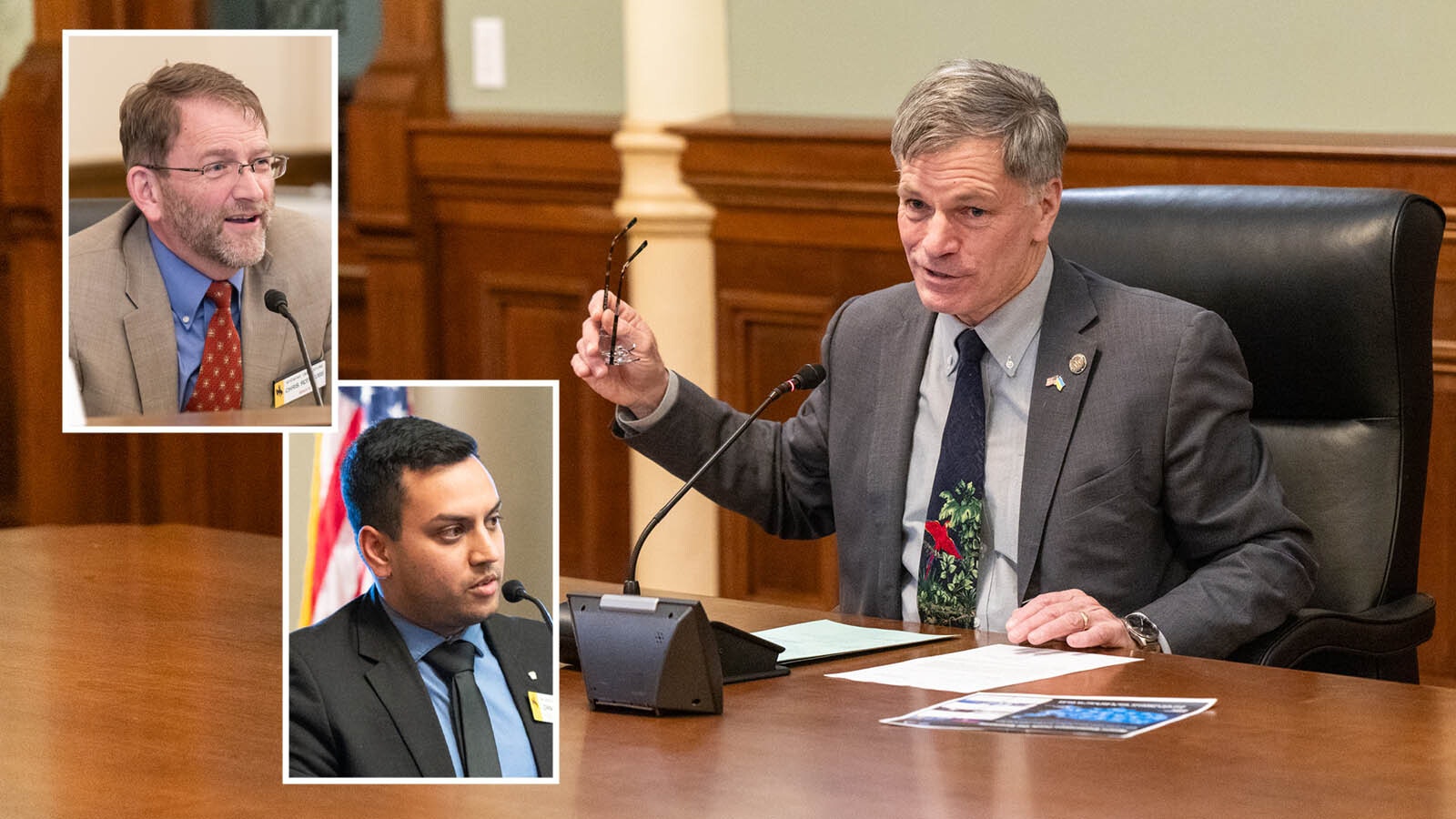Sarah Downey / The Center Square
As the administration of President Joe Biden places new restrictions on the oil and as industry and the COVID-19 pandemic continues to affect state economies, Wyoming lawmakers are discussing tax increases to shore up budget holes.
A report by the Wyoming Taxpayers Association (WTA) shows the state ranks among second in the nation, only behind New York, in K-12 education spending.
Gov. Mark Gordon and the Joint Appropriations Committee are presenting a balanced budget for the general fund, Ashley Harpstreith, executive director of the WTA, told The Center Square.
“The problem lies in the [Wyoming] School Foundation Program which is outside our general fund, and there’s still a $298 million deficit,” Harpstreith said.
While there is proposed legislation for school finance recalibration, the WTA has not yet determined whether to support it, Harpstreith said.
Wyoming House Bill 61, introduced Jan. 12, would provide “for additional sales and use taxes in amounts, if any, determined necessary to fulfill constitutional requirements.”
Using sales taxes to fund education is a novel approach when most states use property taxes.
When the WTA first issued its Tax Reform 2000 report, Wyoming’s budget was about 75% backed by the minerals industry. Harpstreith said now it is closer to 53%, adding diversification has been a key economic topic for decades.
“This has been an age-old conversation in the state of Wyoming, since they implemented the severance tax in the 1970s,” Harpstreith said.
The severance tax applies to the state’s mineral production.
Another recent analysis by the Wyoming Center for Business and Economic at Laramie County Community College examined Wyoming’s capacity to raise tax rates to cover budget shortfalls.
Wyoming’s Consensus Revenue Estimating Group (CREG) issued its most recent report earlier this month.
In a letter to the governor, the CREG co-chairs wrote, “The increase to total General Fund and Budget Reserve Account funds available for appropriation, including the reversions and federal funds transfers is $131.8 million for the FY 2021-22 biennium, and an increase of $32.5 million for the FY 2023-24 biennium, as compared to the October 2020 report.”





